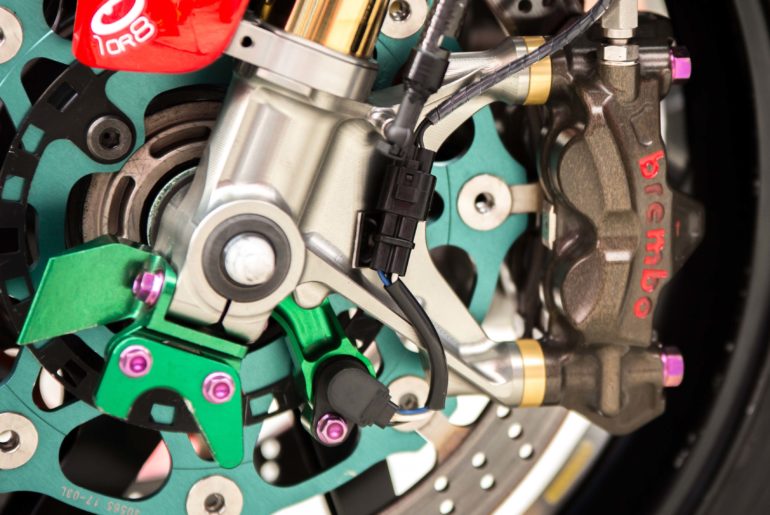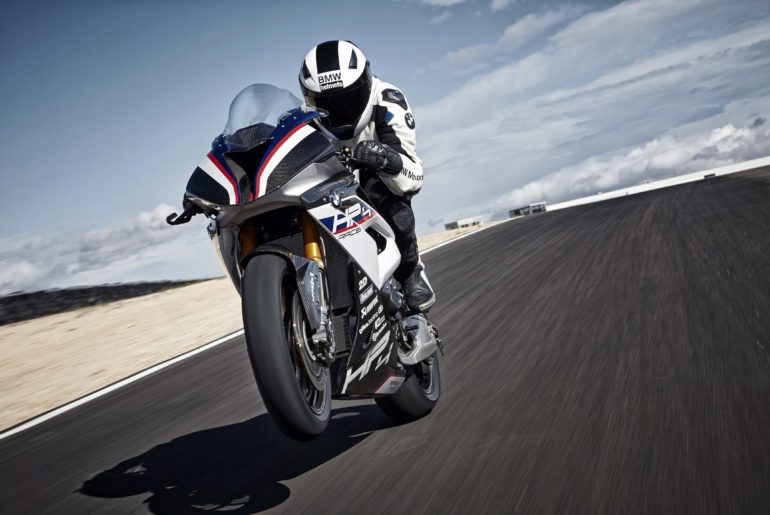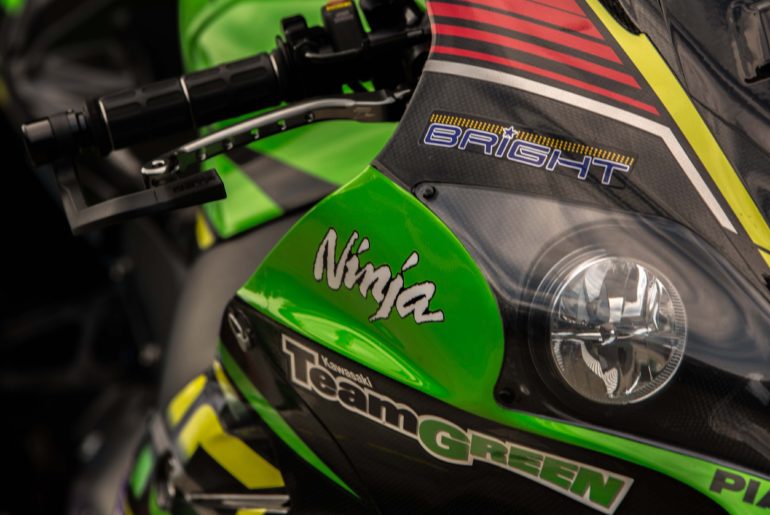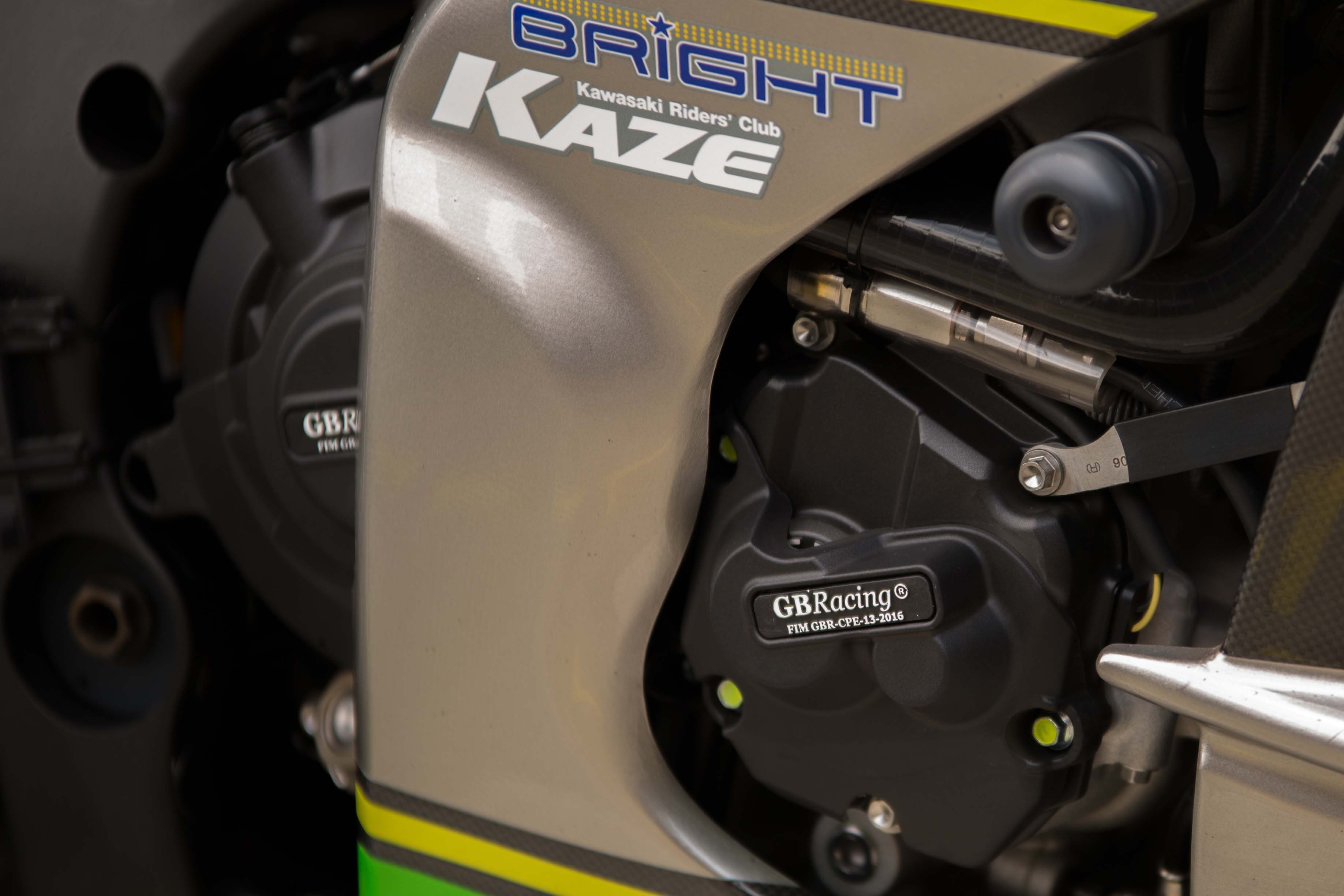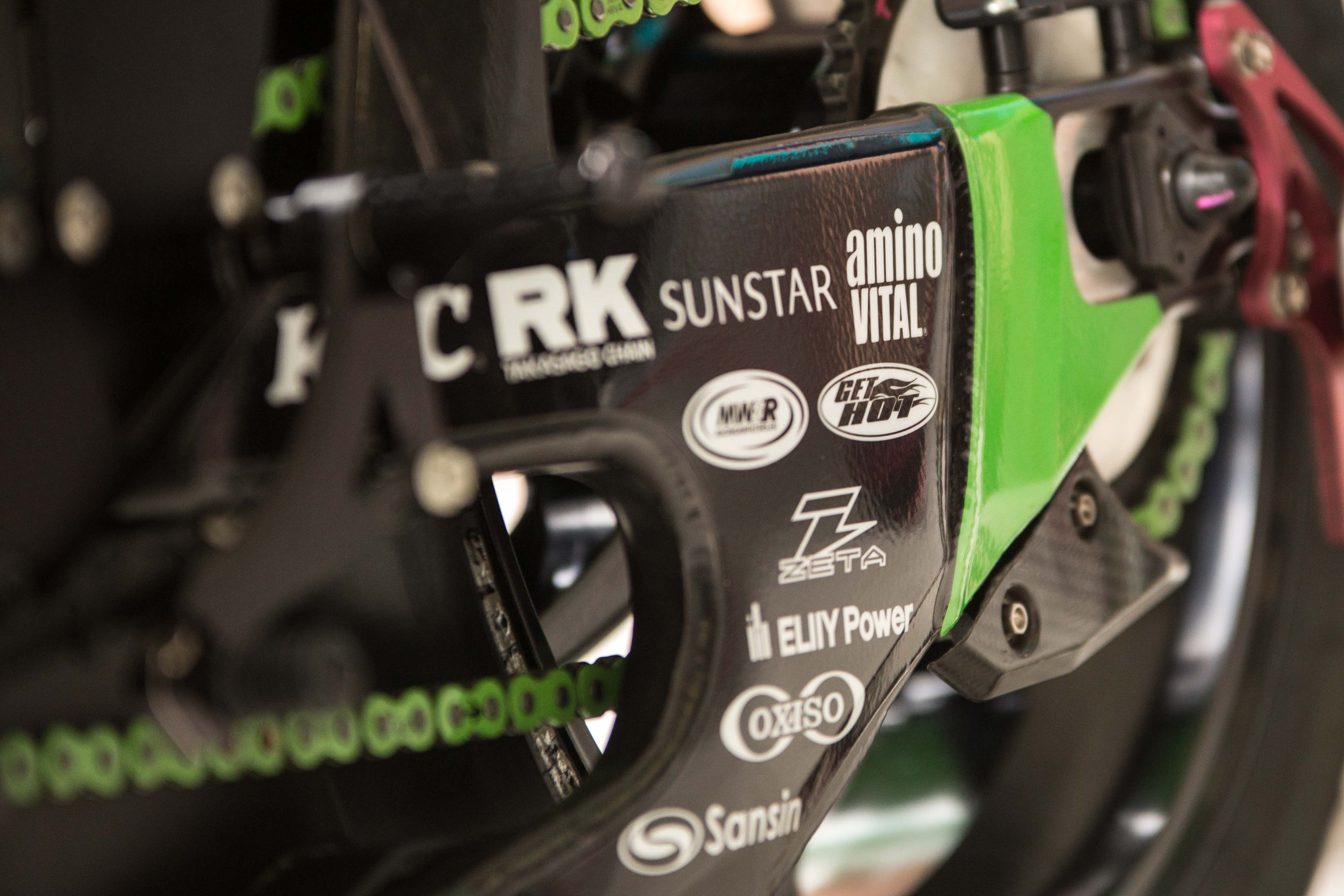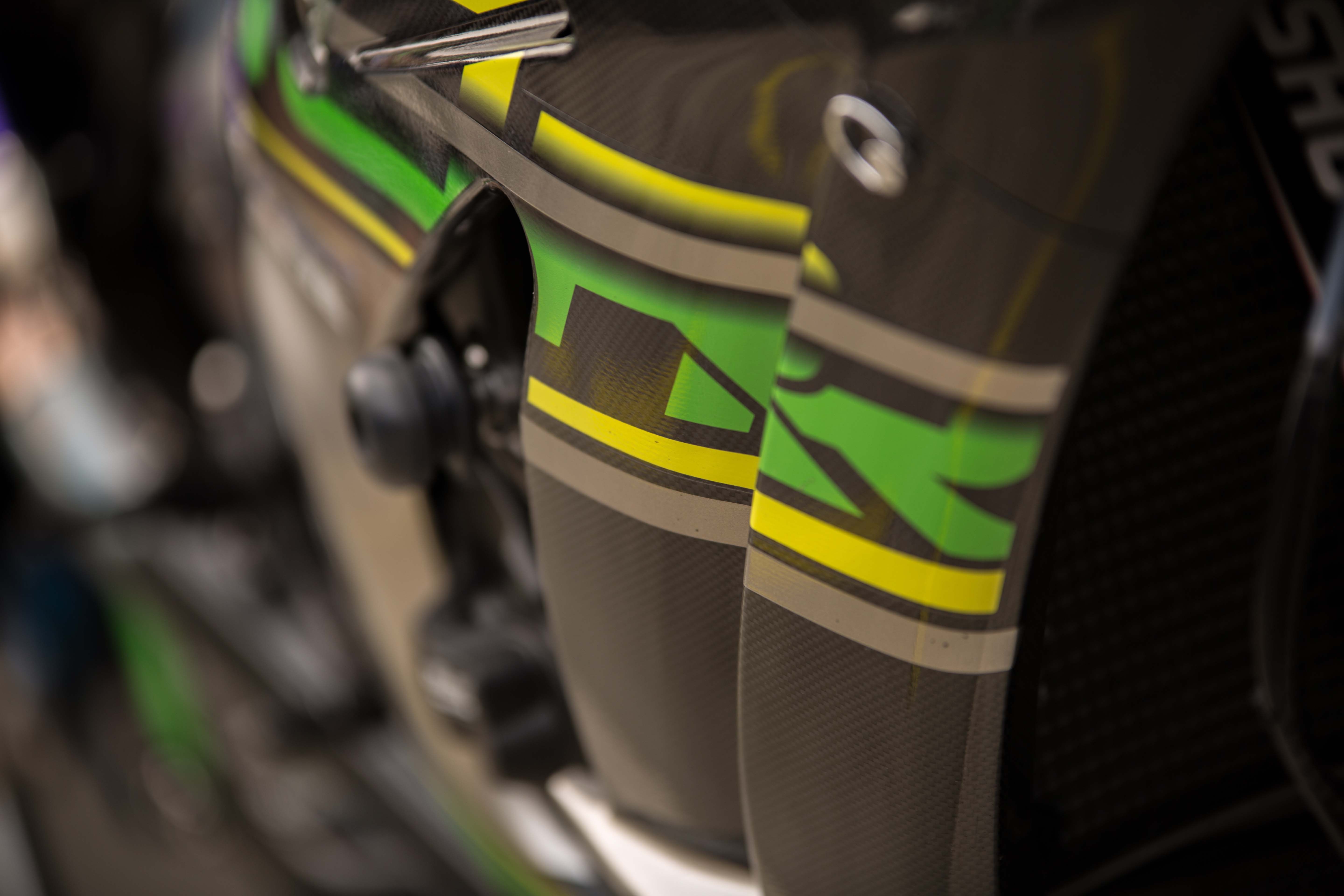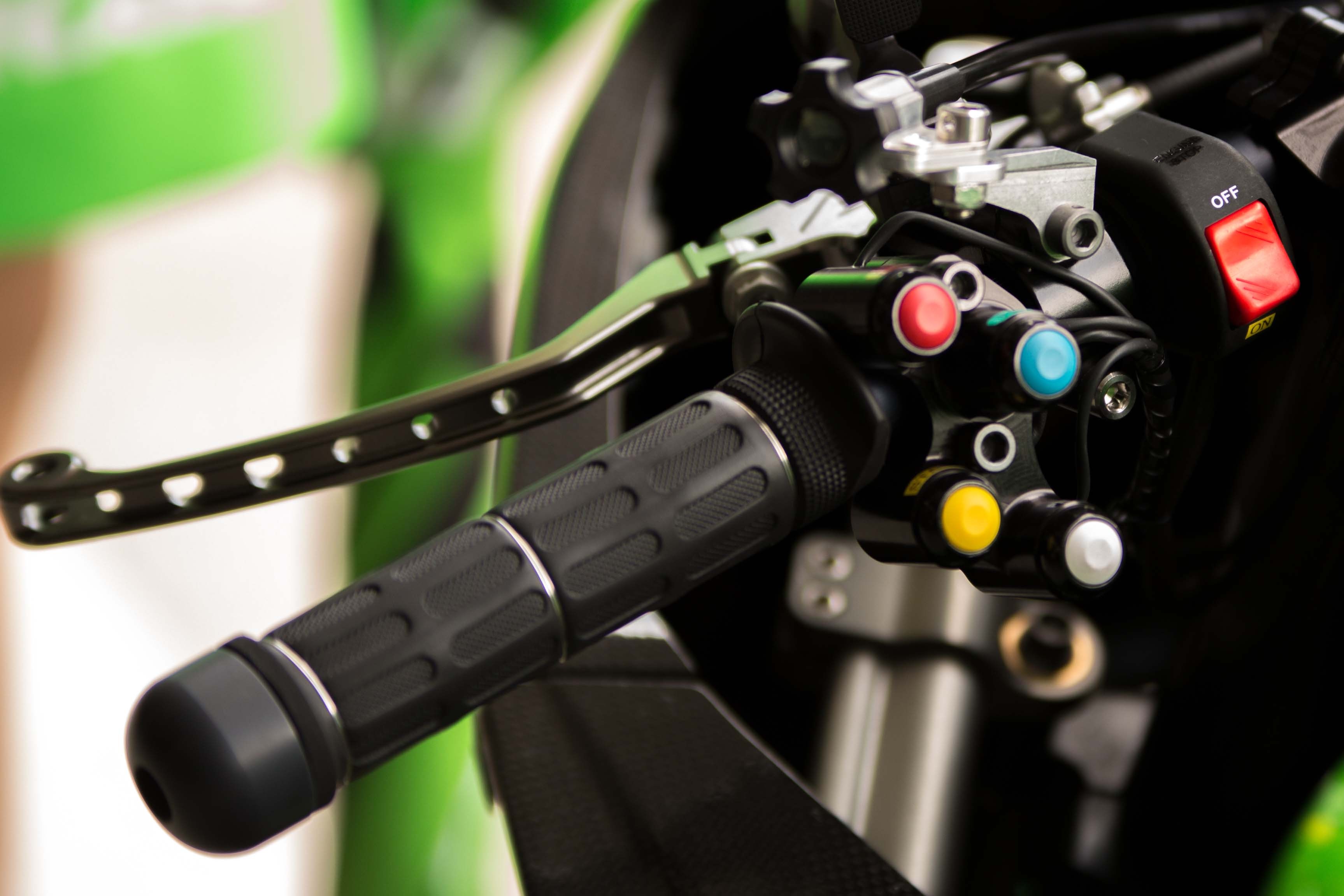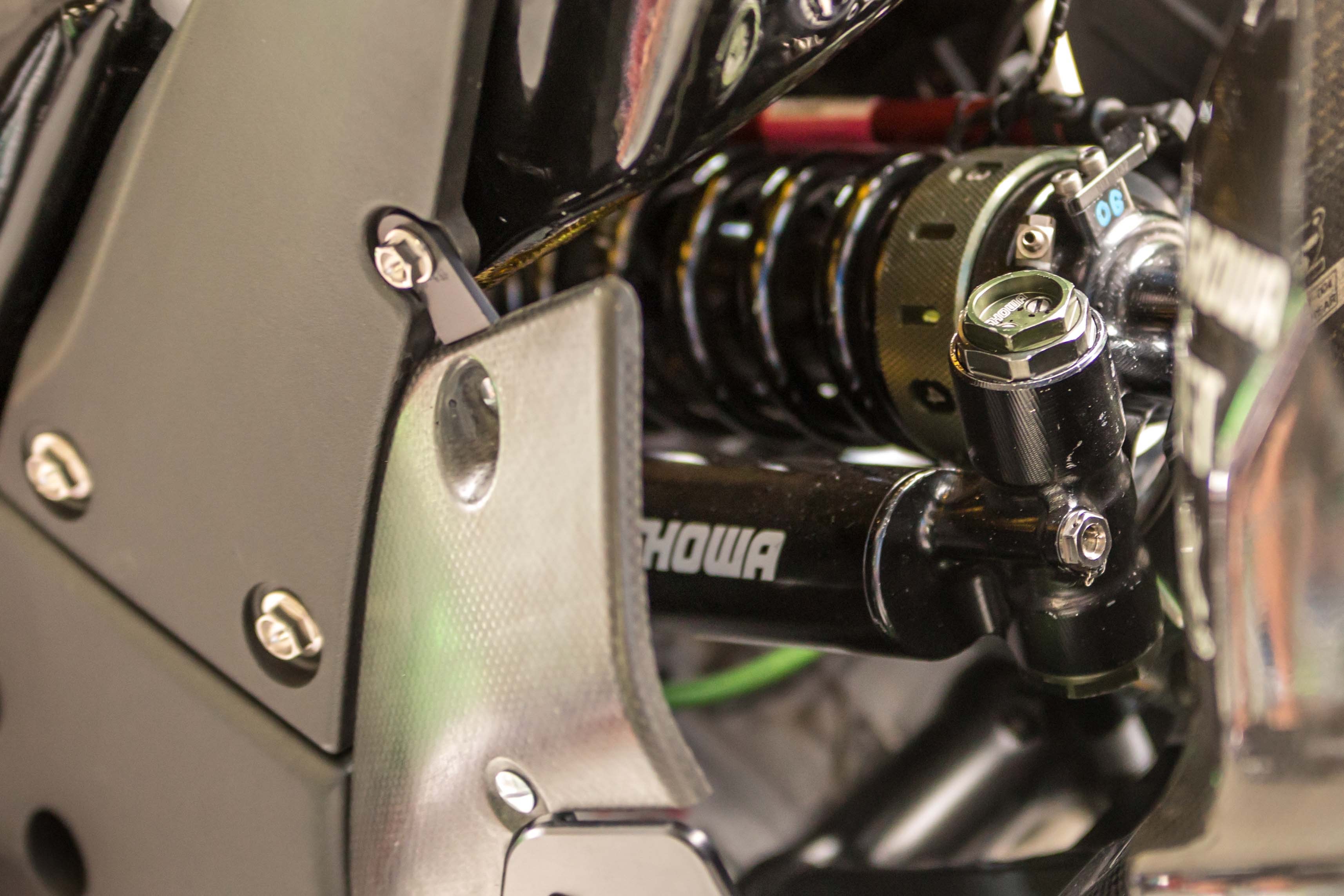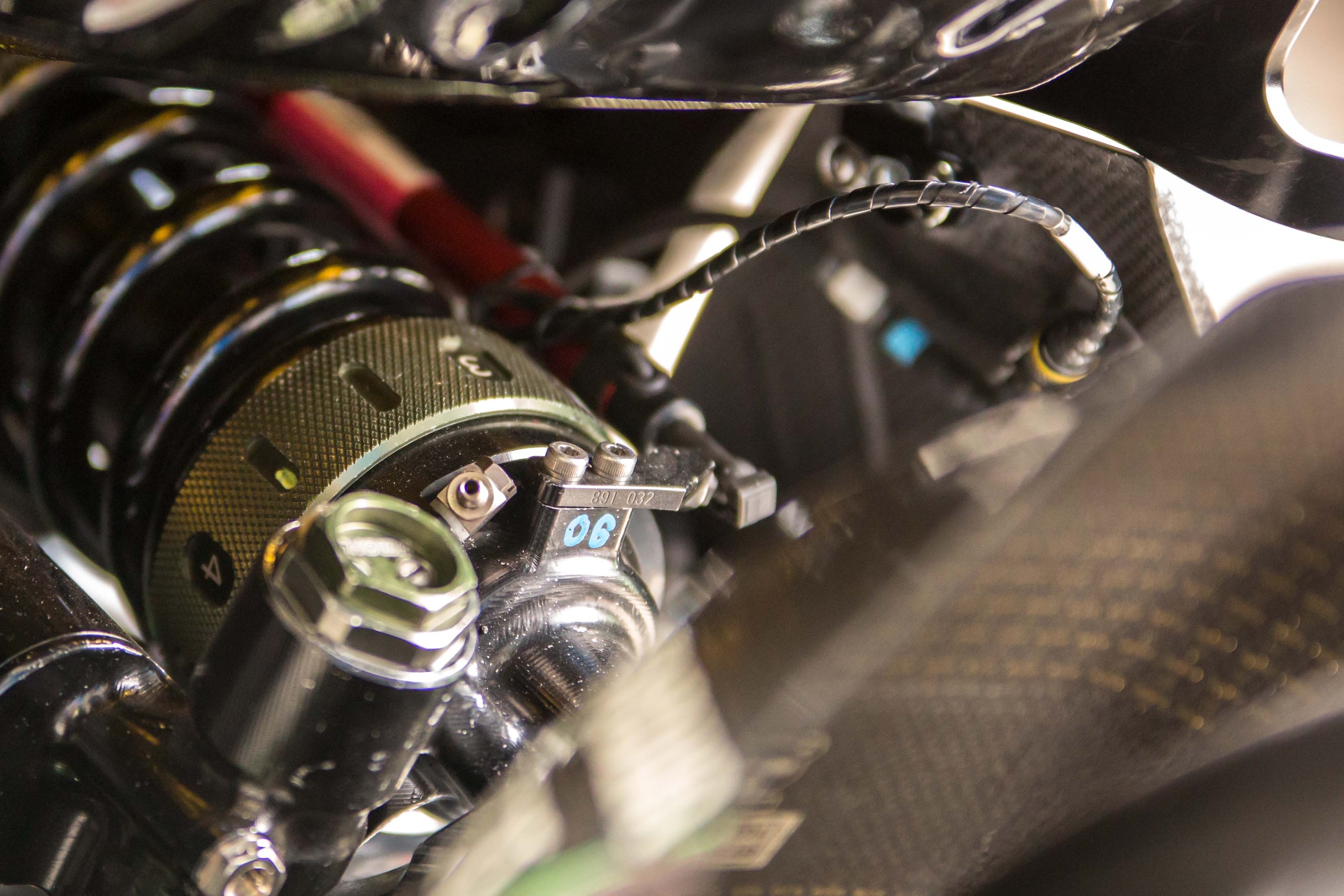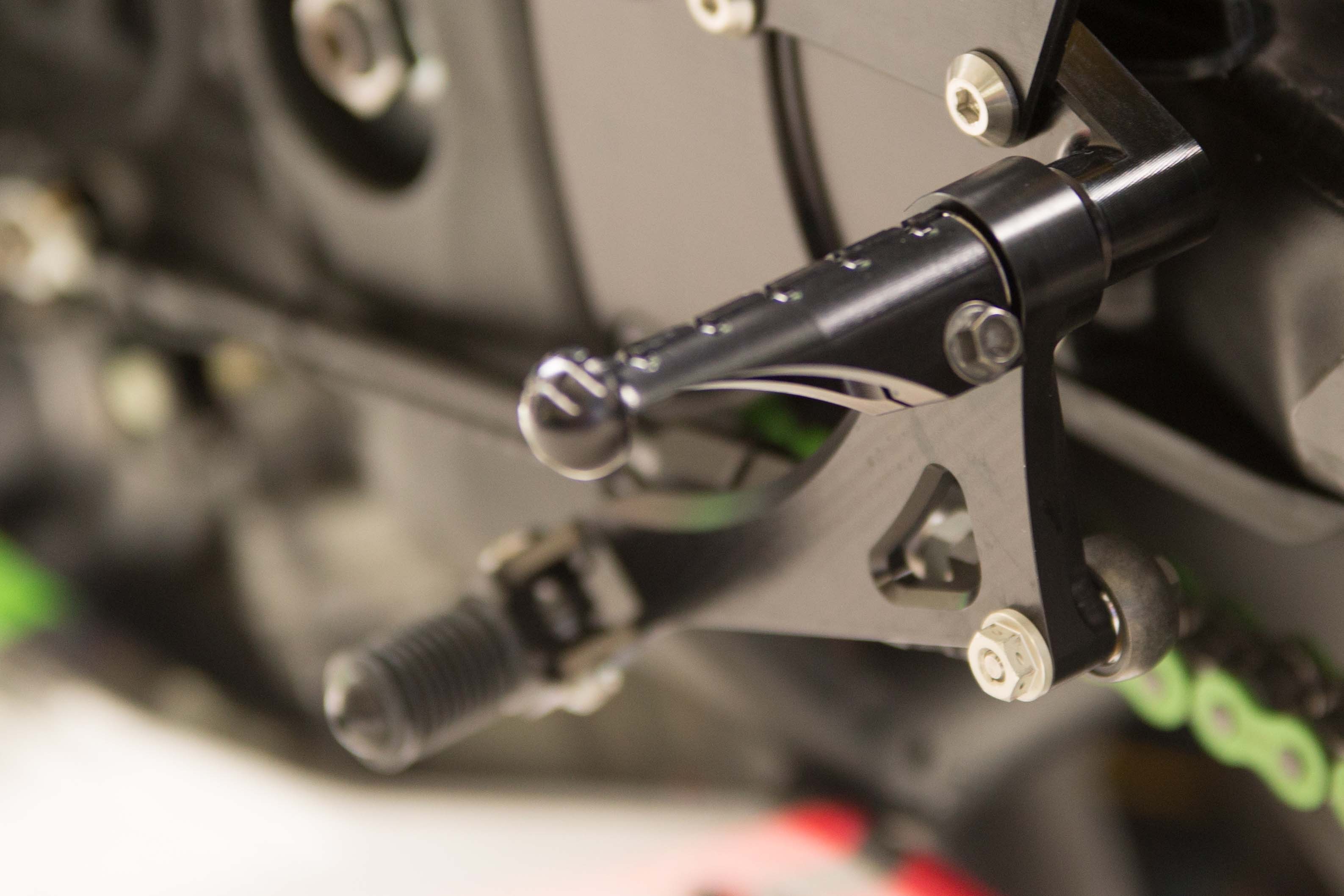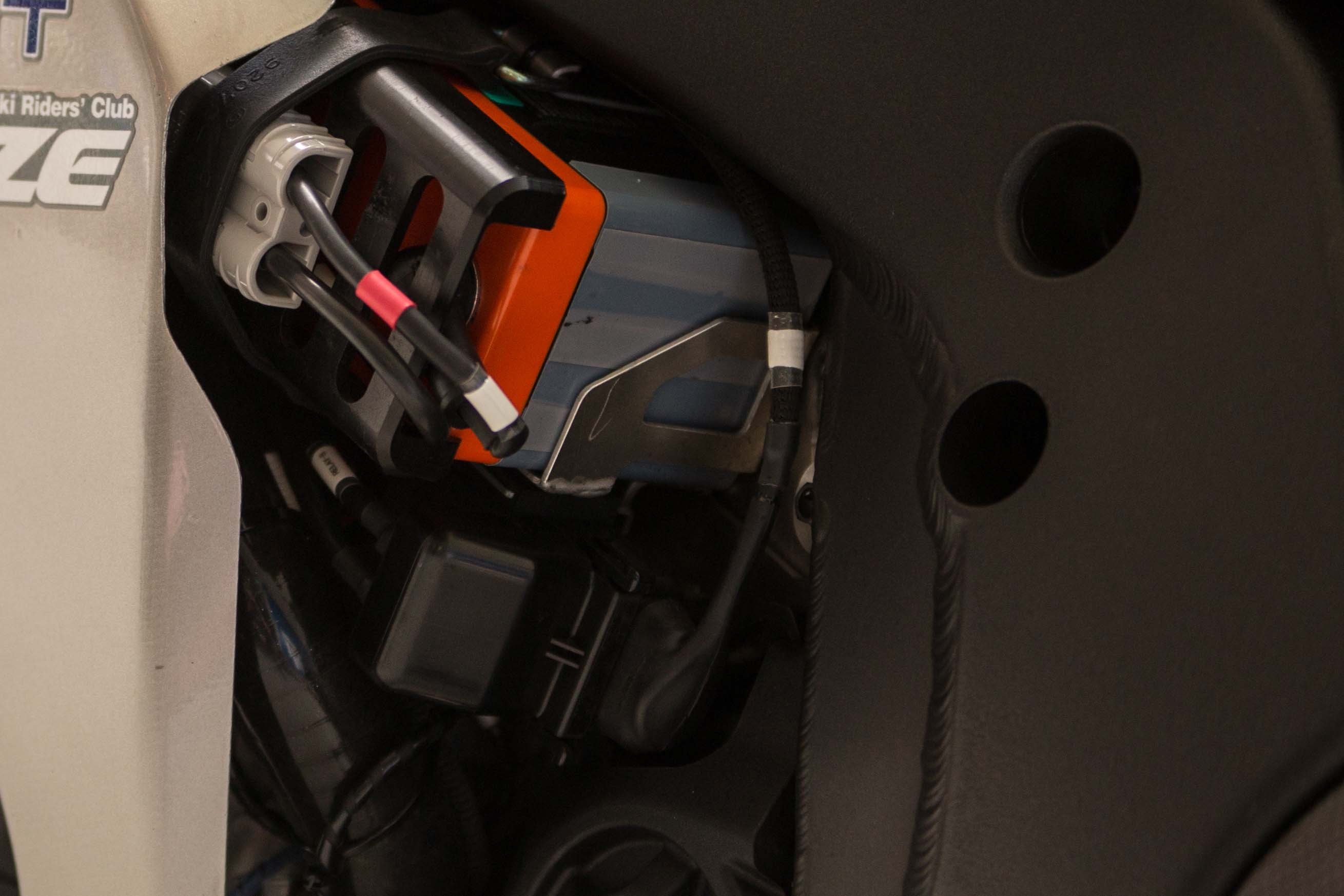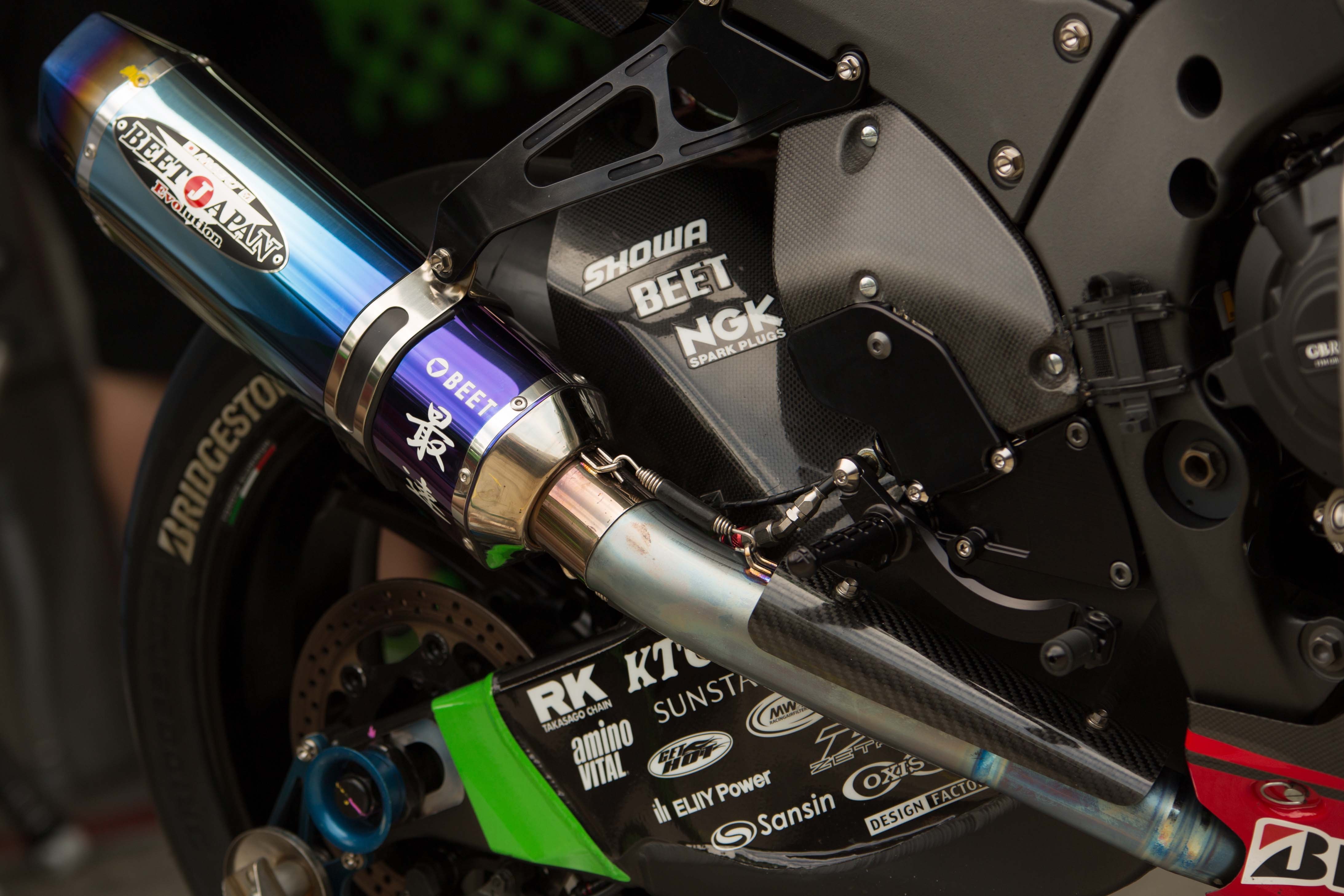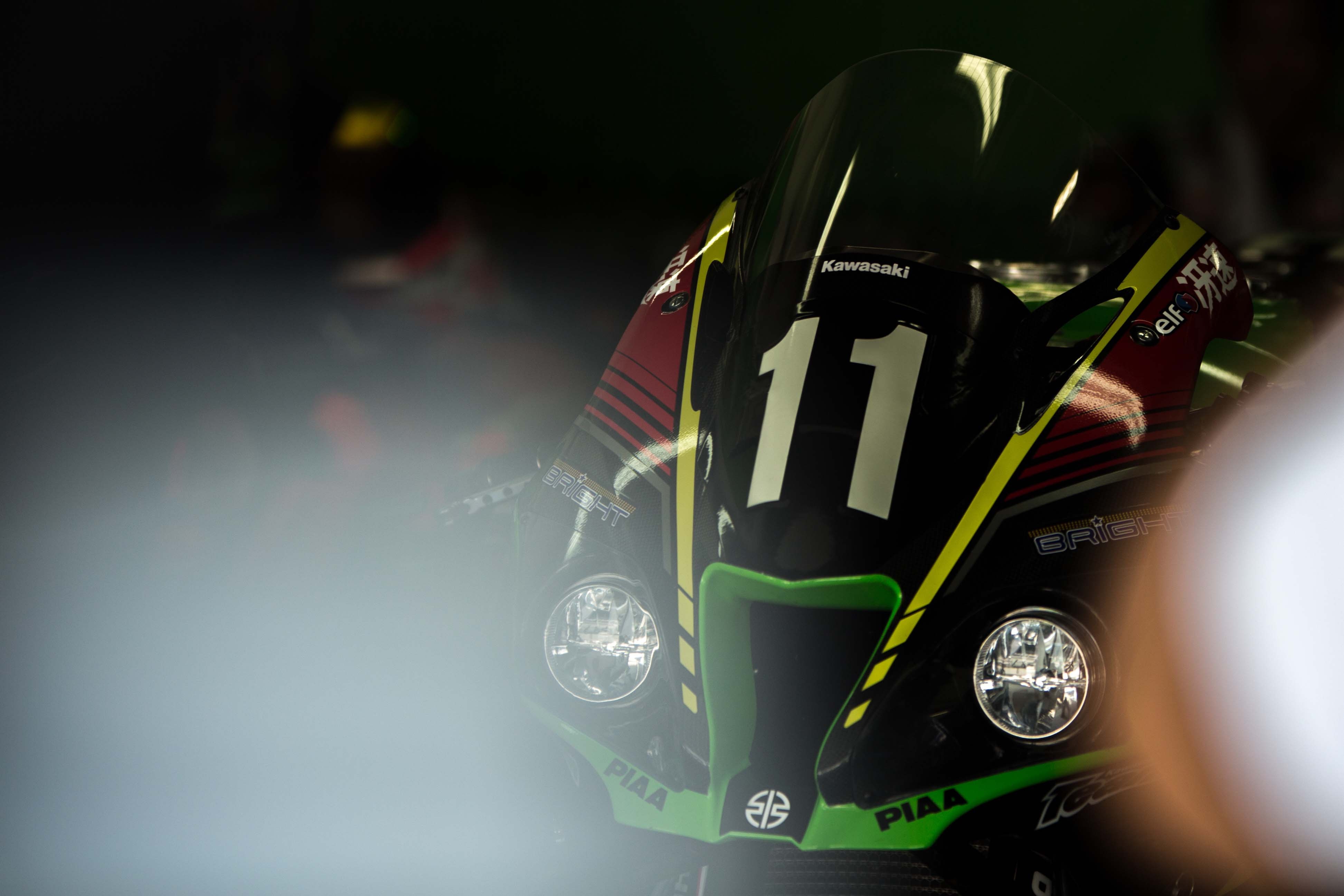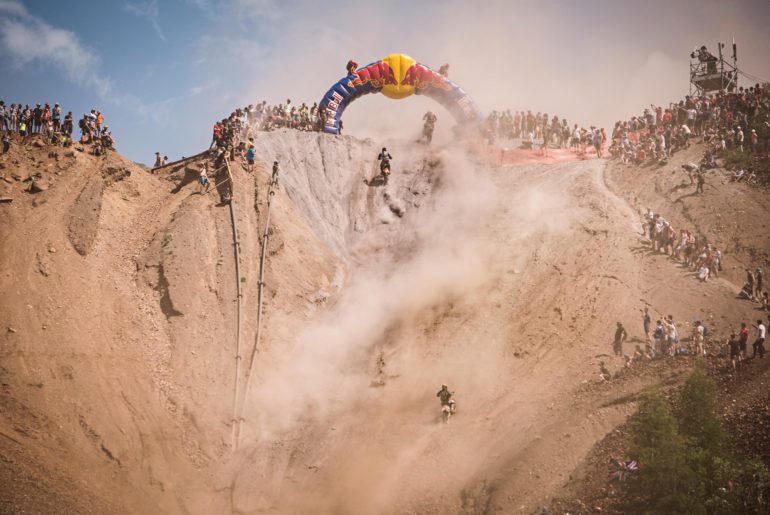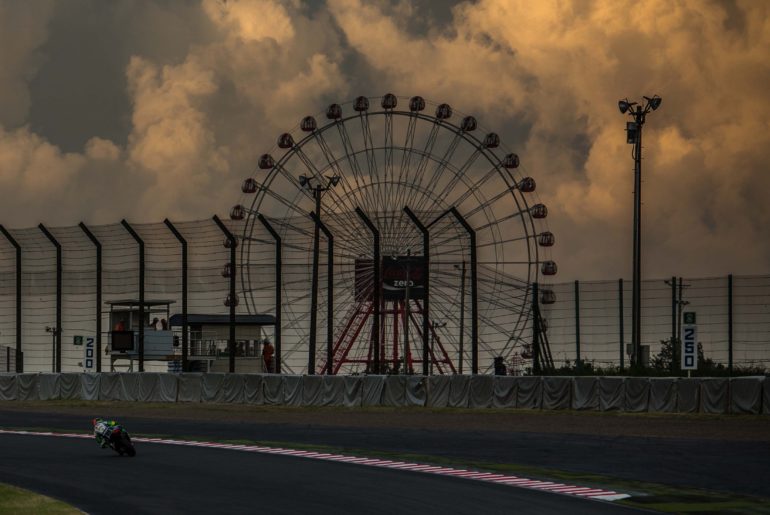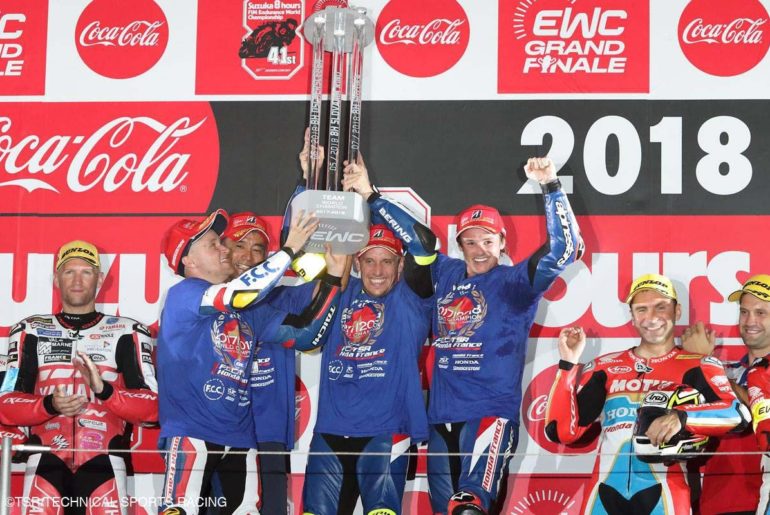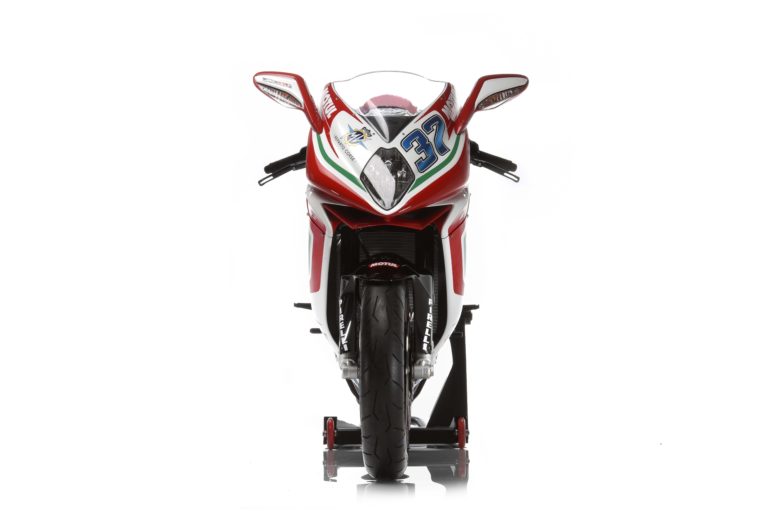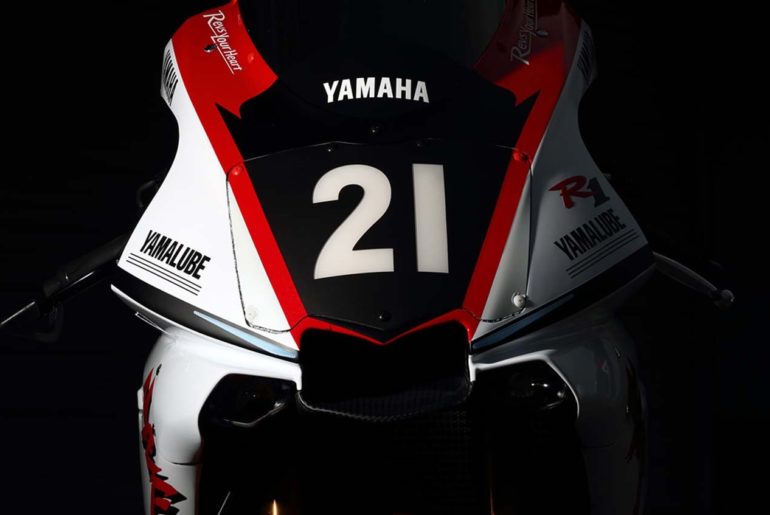In all our coverage of the 2018 Suzuka 8-Hours endurance race, the name Suzuki has woefully not been in much of the conversation.
This isn’t to say that the brand from Hamamatsu wasn’t present at this prestigious event, but its level of involvement and readiness certainly wasn’t on par with the other three Japanese brands.
Fielding the Yoshimura Suzuki factory-backed team yet again, this year saw a big milestone take place, as Suzuki’s endurance efforts are now being conducted on the current-generation superbike.
This has caused some issues in the paddock, most notably in the Suzuki Endurance Racing Team (SERT), which is Suzuki’s factory-backed team in the FIM World Endurance Championship.
The winningest team in the FIM EWC – by a considerable amount – SERT struggled during the 2017/2018 season, finishing 6th overall in the championship. Surely as they sort out the new GSX-R1000R, SERT will once again be on top of the game.
In the hunt at Suzuka, it was the Yoshimura Suzuki team that was carrying the banner for Suzuki, finishing 10th – of note, behind the Suzuki team of S-Pulse Dream Racing – IAI, which finished 4th.
A man on a mission, Steve was able to get a bunch of shots of the Yoshimura Suzuki bike before it took to the track. You should check them out, and if you haven’t already, you should see his captures of the Suzuka race bikes from Red Bull Honda, Yamaha Factory Racing Team, and Kawasaki Team Green.
As you would expect from the name, many of the tasty bits have been made in-house by Yoshimura, including the full titanium exhaust. The pieces that catch our eye the most though are the crash protectors for the frame, which have been elongated and shaped to serve as an aerodynamic winglets.
We have seen winglets and aerodynamic bodywork playing a huge role in the MotoGP Championship as of late, so it is surprising that it has taken this long for the concept to trickle into superbike racing, thus far only at Suzuka, and in only a minor role at a solitary team.
Mark my words, this is a trend that is only going to gain steam. It is of note that the Yoshimura Suzuki team at the Suzuka 8-Hours is striking first blood.
Of course, one of our favorite things about the Suzuka 8-Hours race machinery is all the quick-change equipment, and the racing headlights that the different teams create, as the Japanese race finishes in the dark.
Looking at the Yoshimura Suzuki bike, it might be without the trick items like carbon fiber reinforced radiator hoses, prototype-spec suspension, and other one-off items, but this GSX-R1000R has it where it counts.
The swingarm has been replaced with a more rigid unit (check out the quick change hardware for the rear tire too), the fuel tank is larger and shaped for ergonomics, and the bike is capable of taking a tumble, the latter point being proved during the Suzuka 8-Hours qualifying session for the top teams.
Another item that caught our eye was the changes made to the throttle assembly. The new Suzuki GSX-R1000R finally brings ride-by-wire to the “King of Superbikes” (along with traction control and other rider aids), but Yoshimura Suzuki has swapped out the stock system for one that uses cables connected to a servo, closer to the throttle body assembly.
There are several reasons for this, crash survival being one of them, and experience with this system being another. This certainly isn’t the first year that Suzuki’s have had ride-by-wire at Suzuka, despite the road-going machines being without the technology for a considerable amount of time.
As you would expect, the Suzuka 8-Hours machine is shod in Bridgestone tires, the tire of choice for the top Suzuka teams. Öhlins is the suspension of choice as well, with Brembo handling the braking duty.
Though this year’s result wasn’t where we would expect to see the Yoshimura Suzuki squad finish – especially with Sylvain Guintoli, Bradley Ray, and Takuya Tsuda at the helm of the machine – we have a feeling that this is only the beginning of Suzuki’s return to Suzuka.
As more laps are put into the current-generation GSX-R1000R platform, look for Yoshimura Suzuki, SERT, and the other Suzuki teams to be fighting at the front of the pack.
Until then, we have a bevy of ultra high-resolution photos for you to drool over. Enjoy!
Photos: © 2018 Steve English – All Rights Reserved
Our Suzuka 8-Hours coverage is made possible by our A&R Pro members. If you like reading this unique race coverage on Asphalt & Rubber, you should consider supporting this content by signing up for A&R Pro.

